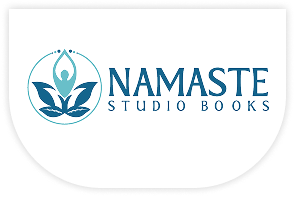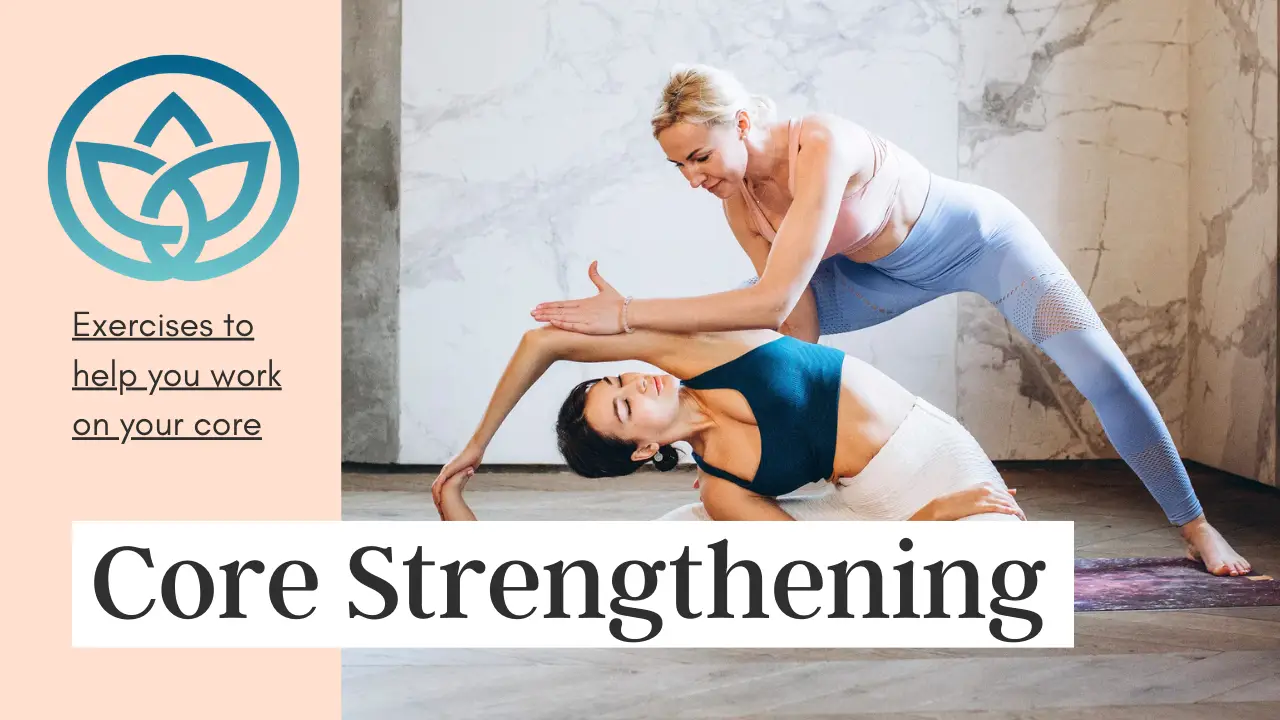Essential Yoga Poses (Asanas) for Core Strength
By Dennis Bluthardt, Namaste Studios
Core strength is a crucial part of fitness. It affects almost every part of your physical well-being. It helps support your spine, improve your posture, make various movements possible, from yoga asanas to everyday tasks, and improve your balance.
Dozens of traditional yoga poses, or asanas, can challenge your core and force it to grow stronger over time. These poses encourage a critical component of being fit and body awareness. Learning to tune in to how your body is doing and paying attention to how specific movements feel are some of the best ways to stay on top of your physical health.
Some yoga asanas are especially powerful at targeting these muscles in your body’s front, back, and sides. Focus on these “core-strengthening” asanas and incorporate them into your regular yoga routine.
The Role of Yoga in Building Core Strength
Where traditional exercises may fall into the mental category of repetitions for physical strength or endurance, yoga becomes a double-duty powerhouse of a physical and psychological workout. Along with the sweat-breaking and toning physicality of yoga, there is a focus on breath awareness and meditation that increase mindfulness. You are improving your mental clarity and stress management skills, becoming healthier.
Where crunches isolate the abs, yoga improves core strength through “asanas” or postures that strengthen the core along with most of the muscles in your body. Going about this from multiple angles is a yoga method! With asanas, you must switch on your brain as well. That’s because a single asana might require a blend of abdominals, multifidus, pelvic floor, diaphragm, lats, deltoids, biceps, and triceps. If you rely on one muscle group instead of finding balance blasting through multiple muscle groups simultaneously, you may only experience a fraction of the asana. There will be minimal core strengthening, whereas you could increase your core strength before or after each asana.
Top Yoga Poses (Asanas) for Core Strength
Plank Pose (Kumbhakasana) is a foundational pose that strengthens the core, arms, and legs. Start in a push-up position with your body forming a straight line from head to heels. Hold 30 seconds or more. Focus on proper alignment. Modify if needed by dropping the knees. This pose works on the core and arms but requires awareness and engagement in the thighs, hips, and legs. It is excellent for stability and endurance, which will help beginners strengthen their base and foundation work first.
Boat Pose (Navasana) is a seated pose that works on the abdominal region and improves balance. You must sit on the mat, lean back just a little, bend your knees, extend your feet off the floor, and lift your legs to a 45-degree angle while you extend your arms parallel to the ground. Hold for 15 to 30 seconds. Breathe deeply. For beginners, you can keep your knees bent. It is a good pose that does not just target strength but also helps to focus and pay attention.
Side Plank Pose (Vasisthasana) tests the breadth of your balance and strengthens the obliques. The hardest part of this pose is lifting yourself off the floor. Stacking the left edge (the blade) of the left foot would be best against the right. Stack the right ankle over the left and lift yourself until you form a string between your feet and your head. Keep your left forearm at 90 degrees. Strengthen yourself and keep your core tight. Set your gaze up at the sky. Keep this pose for 15 to 30 seconds.
Bridge Pose (Setu Bandhasana) is suitable for opening the chest. Setu Bandha Sarvangasana helps to correct a collapsed chest and improve vitality. You will relieve the chest of the clumpy feeling that keeps building up. You perform this pose with your knees bent and feet flat. The bridge pose allows you to transition to deeper hip movements and extenders. Does meditation breathing release the tension? For beginners, you can engage your glutes (to activate the lower back and hip muscles), thighs (by purposefully thrusting your thighs out and to the side to lengthen the lower back with the hip flexors), and legs. You can place a foam block between your thighs and a mat. Drop your chin to the chest.
Strengthening and standing: Warrior III Pose (Virabhadrasana III) is a balancing pose that will test your ability to find stability in one plane. It is performed by standing on one leg and moving into a lifted T-pose. The other arm will reach forward to focus. Other legs and arms will lift into extension. Extend your arms, raise your legs, come forward, and finally level your hips to reach the right and arms. It would help if you cultivated inner heat with a direct gaze. Focusing on the mind. Breathe normally.
Creating a Core Strengthening Yoga Routine
Adding the highlighted poses to your regular yoga practice will increase your flexibility, strength, and conscious awareness.
The poses to start with during your warm-up are soft, gentle ones. Poses like the Cat-Cow and Child’s Pose will prepare your spine and hips for the practice. You will work “out the kinks” in your back and hip girdle area to prepare you for the deeper poses. Adding 5 – 10 minutes of general stretching to your practice will open the connective tissues around your muscles and bones and encourage your tendons and ligaments to relax.
Once you feel ready to move on to the deeper poses, adopt the Downward Dog, Warrior II, and Tree Pose. When held for 5 – 7 breaths, these poses offer your body the core essential abilities to become more flexible and muscular. You will be moving your upper and lower-body muscle groups (as well as balancing them). If you add these poses to your practice routine, add 20 – 30 minutes to your sequence.
After completing the three stretching stages and holding the deeper poses for at least five breaths, you will offer your brain the body-conditioning your mind and spirit need to relax and “find peace” for the rest of the day. When you are familiar with poses like the Seated Forward Bend and the Supine Twist (as well as hip-chain-based poses you can do in the Intermediate and Advanced Practices areas), your last “Tune-Down” or restorative poses will connect you to your body and slow your breathing. The goal is to combine the physical resistance posed with the deep brain and alveolar/fiery breathwork.
Understanding Core Strength
Core strength is the strength of the deep muscle layers in the trunk of your body, including your back and belly. Together, they form a muscular, like-natural corset that works as a “seat belt.” This seat saves your vertebrae from overly heavy loads. A well-protected vertebra is a healthy vertebra!
Most people don’t consider that the deep muscle layers – and therefore your core – are responsible for your balance. When you train your core well and often, it responds with better control of your own body. Only then do new exercises, which you learn of, fall more lightly, for example, in the gym. In the slow progression of the early learning phase of an exercise (deadlift, squat, clean, etc.), it is essential to have a good body feeling. The less you concentrate on simple movements, the better you can devote yourself to the more demanding ones! You will notice better core training in winter simply because you stay on your feet despite the ice. More standing, fewer bruises!
Finally, efficient core training also improves your body stance. For example, if you pay attention to closing your cover tightly in the office, your body will thank you with less back pain.
Core strength is your power center. It is a vital part of overall fitness and stabilizes the trunk. Strong core muscles promote good posture, improve balance, and decrease the likelihood of injury while doing anything! Everything you do, even tasks not associated with being strong, requires a strong core, from lifting a bag of groceries to walking across a room without falling.
Yoga, or asana, is an excellent activity for physical fitness. There are all kinds of yoga poses designed to isolate the muscles of the abdominal wall: Planks, Boats, and Warrior III’s will all help to make you a more well-rounded fitness enthusiast, keeping your muscles and body strong but also flexible and coordinated.
Will you share your comments with us? Join the thread below or hit us up on social.

